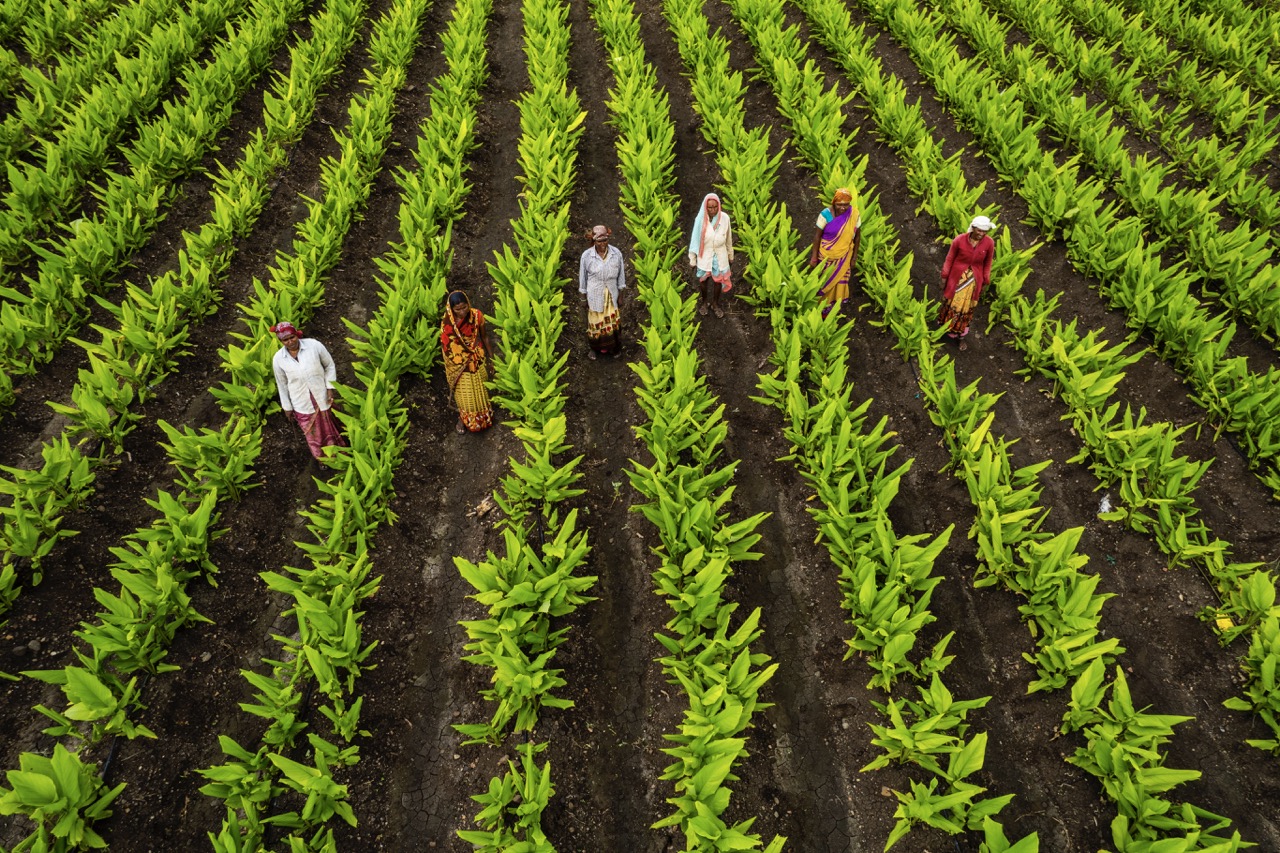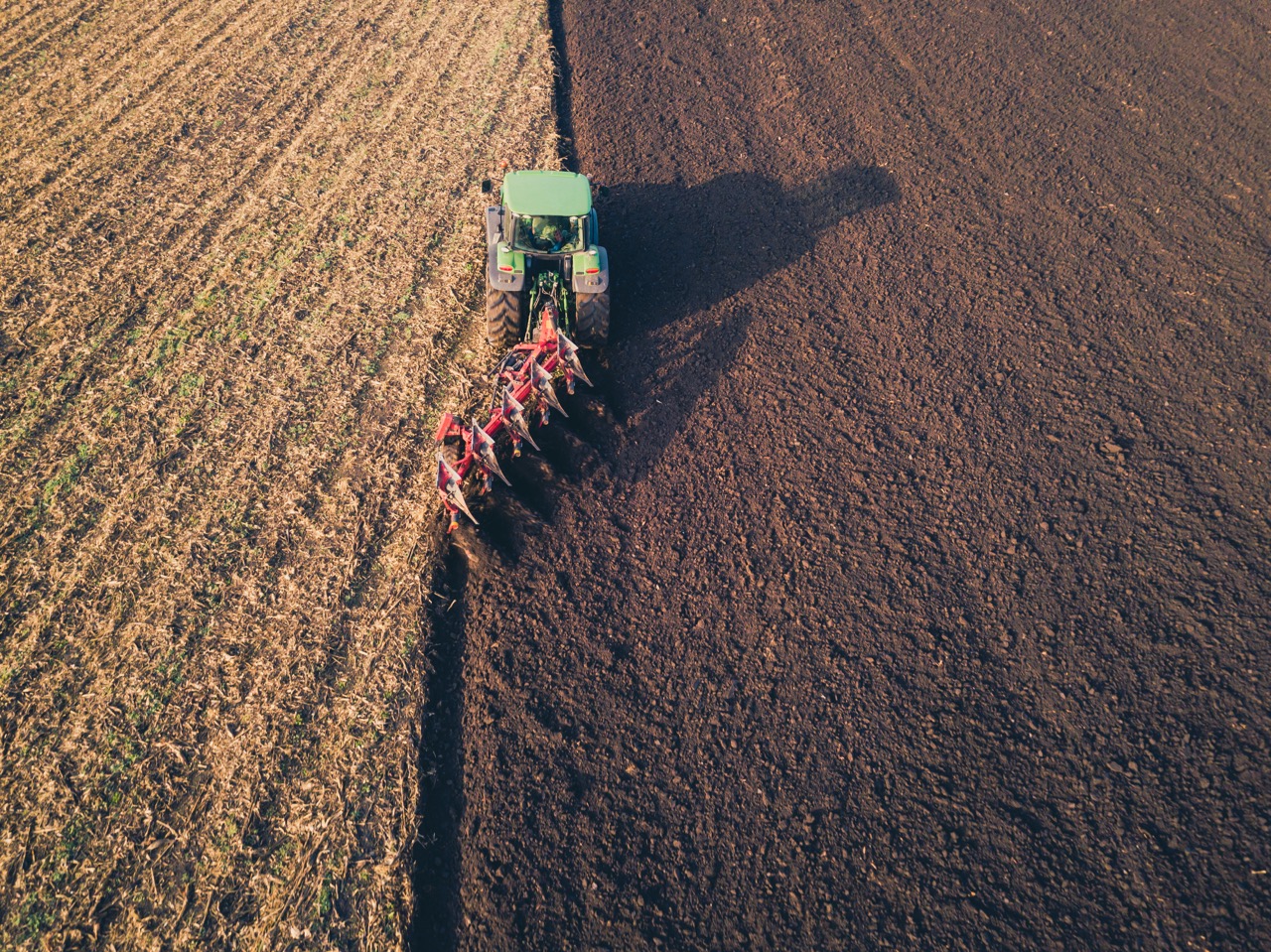Agronomy, the science of soil management and crop production, plays a pivotal role in enhancing agricultural productivity. By integrating various scientific disciplines, agronomy aims to optimize crop yields while ensuring sustainable practices that protect the environment. As the global population continues to grow, the demand for food is escalating, making the need for effective agronomic practices more critical than ever. This article explores the foundational principles of agronomy, innovative techniques that are shaping the industry, environmental factors affecting crop yields, and future trends that promise sustainable solutions in farming.
Understanding Agronomy: Key Principles for Crop Success
Agronomy encompasses a wide range of principles, including soil science, plant physiology, and environmental science, all of which contribute to successful crop production. The core of agronomy lies in understanding the interactions between plants, soils, and their environment. Soil health is paramount; rich, fertile soil supports vigorous root development and nutrient absorption, which are essential for maximizing yield. Agronomists conduct soil tests to determine pH levels, nutrient content, and organic matter, tailoring management practices to enhance soil conditions.
Another key principle in agronomy is crop rotation, which involves alternating the types of crops grown in a particular field to improve soil health and break pest cycles. This practice not only boosts soil fertility but also mitigates the risks of disease and reduces reliance on chemical inputs. Cover cropping is another effective strategy, where specific crops are planted during off-seasons to prevent soil erosion, enhance biodiversity, and improve soil structure. By focusing on these foundational principles, agronomists can develop comprehensive crop management plans that boost productivity and sustainability.
Lastly, the application of precision agriculture techniques, such as satellite imaging and soil mapping, has revolutionized agronomy. These technologies allow farmers to monitor crop health and soil conditions in real time, enabling targeted interventions that maximize yield. By understanding the specific needs of crops at different growth stages and adapting practices accordingly, agronomists can provide crucial insights that lead to improved decision-making and resource allocation in farming operations.
Innovative Techniques Driving High-Performance Agriculture
Innovative techniques in agronomy are pushing the boundaries of agricultural productivity. One significant advancement is the use of genetically modified organisms (GMOs) that are engineered for specific traits such as pest resistance, drought tolerance, and increased nutritional value. These crops can yield significantly more than their non-GMO counterparts, providing valuable solutions to food security challenges. As research and development in this field continue to progress, the potential for enhanced crop varieties becomes even more promising.
Another technique gaining traction is the integration of technology into farming practices through smart agriculture. This encompasses the utilization of drones, sensors, and data analytics to monitor crop health, manage irrigation systems, and optimize input usage. For example, sensor technology can assess soil moisture levels, allowing farmers to irrigate only when necessary, thereby conserving water and reducing costs. By harnessing these technological innovations, agronomists can empower farmers to make informed decisions that enhance productivity and sustainability.
Biological farming methods, which include the use of beneficial microorganisms and organic fertilizers, are also becoming increasingly popular. These practices promote soil health and enhance nutrient availability, leading to improved crop performance. By fostering a diverse microbial ecosystem within the soil, farmers can reduce their dependence on synthetic fertilizers and pesticides while maintaining high yields. The combination of these innovative techniques is enabling a shift toward more resilient, efficient, and environmentally friendly agricultural systems.
Environmental Factors Influencing Crop Yield Potential
Environmental factors play a critical role in determining crop yield potential. Climate conditions, including temperature, precipitation, and sunlight, directly influence plant growth and development. For instance, excessive heat or drought can stress crops, leading to reduced yields. Agronomists study weather patterns and microclimates to develop strategies that mitigate these risks, such as selecting heat-resistant crop varieties or implementing water conservation techniques.
Soil quality is another crucial environmental factor. Soil degradation, driven by erosion, compaction, and nutrient depletion, can severely hinder crop productivity. Sustainable practices, such as no-till farming and organic amendments, are essential in preserving soil health. Agronomists advocate for practices that enhance soil properties, ensuring that crops have access to the necessary nutrients and moisture for optimal growth. Understanding the synergy between soil and environmental factors is vital for developing resilient crop systems.
Lastly, pest and disease pressure can significantly impact crop yields. As climate change alters ecosystems, the prevalence of certain pests and diseases may shift, creating new challenges for farmers. Integrated Pest Management (IPM) combines biological, cultural, and chemical tools in a way that minimizes economic, health, and environmental risks. Agronomists are instrumental in devising IPM strategies tailored to specific crops and regions, helping farmers maintain high yields despite the pressures posed by pests and diseases.
Future Trends in Agronomy for Sustainable Farming Solutions
The future of agronomy is poised to embrace sustainable farming solutions that address the challenges of a changing climate and growing population. One promising trend is the increased focus on regenerative agriculture, which emphasizes practices that restore soil health and biodiversity while enhancing productivity. Techniques such as agroforestry, permaculture, and holistic livestock management are being recognized for their ability to create resilient farming systems that can withstand environmental shocks.
Moreover, advancements in biotechnology are set to revolutionize crop production further. The development of CRISPR and other gene-editing technologies offers the potential to create crops that are not only high-yielding but also environmentally resilient. These innovations can lead to crops that use water more efficiently and resist pests and diseases more effectively, reducing the need for chemical inputs and enhancing sustainability in agriculture. Agronomists will play a crucial role in guiding the responsible deployment of these technologies to ensure they meet societal and ecological needs.
Finally, the integration of data-driven decision-making will continue to shape the agronomy landscape. Big data analytics and machine learning are emerging as powerful tools for predicting crop performance and optimizing agricultural practices. By analyzing vast amounts of data from various sources, agronomists can provide insights that help farmers make informed decisions about planting, fertilization, and pest control. As the agricultural sector increasingly adopts these technologies, the ability to maximize crop yields while minimizing environmental impact will become more achievable.
In conclusion, agronomy serves as a cornerstone for maximizing crop yields and ensuring sustainable agricultural practices. By understanding the key principles that underlie crop success, embracing innovative techniques, recognizing environmental influences, and anticipating future trends, agronomy is equipped to tackle the challenges of modern agriculture. As the world seeks solutions to food security and environmental sustainability, the role of agronomists will be more vital than ever, driving progress toward a resilient and productive agricultural future.









